With the younger generation of winemakers practising what they have learnt on their travels, Beaujolais is no longer just a region for making fruity, easy-to-drink wines made by carbonic maceration.
This tasting is always a good one; well-organised, held in a great venue full of light and just the right amount of hipster charm, and always packed with interesting and envelope-pushing expressions of Beaujolais.
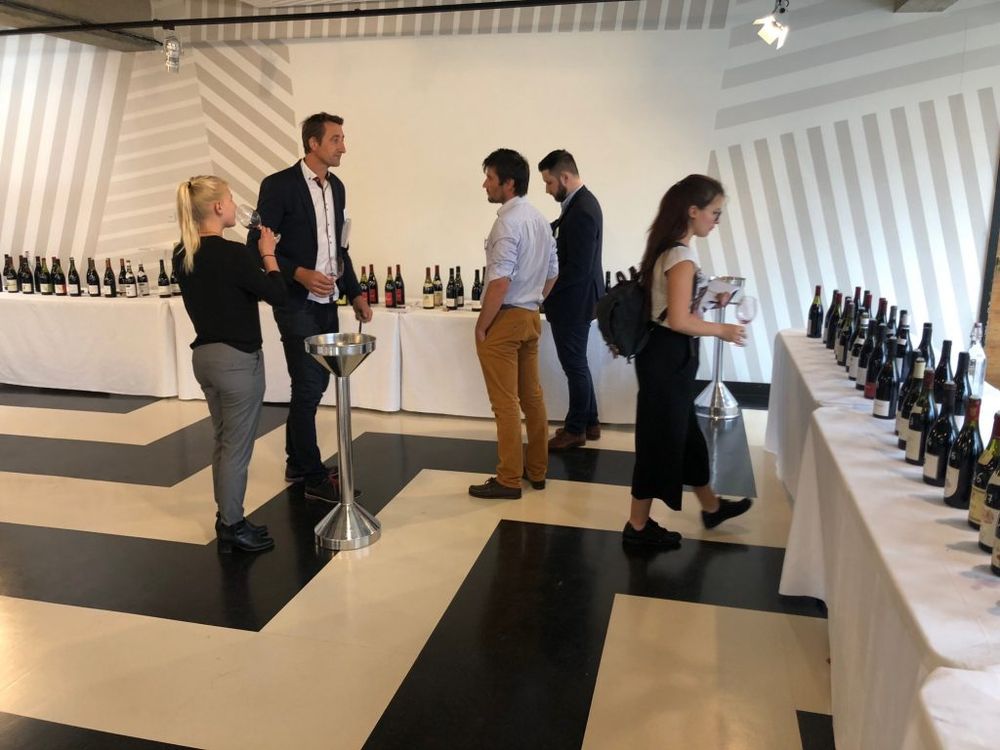
2018 Beaujolais trade tasting, London, June 2018
As well as tasting through the appellation and Cru level wines (including an increasing number of Beaujolais Blanc and a smattering of Beaujolais Pink) it’s always a pleasure to grab five minutes with Inter-Beaujolais MD Jean Bourjade to get his take on the what’s happening in one of France’s most dynamic wine-producing areas.
Before I began tasting I did just that, and started by getting his take on the 2017 vintage and what we have to look forward to when these wines are released later this year and next.
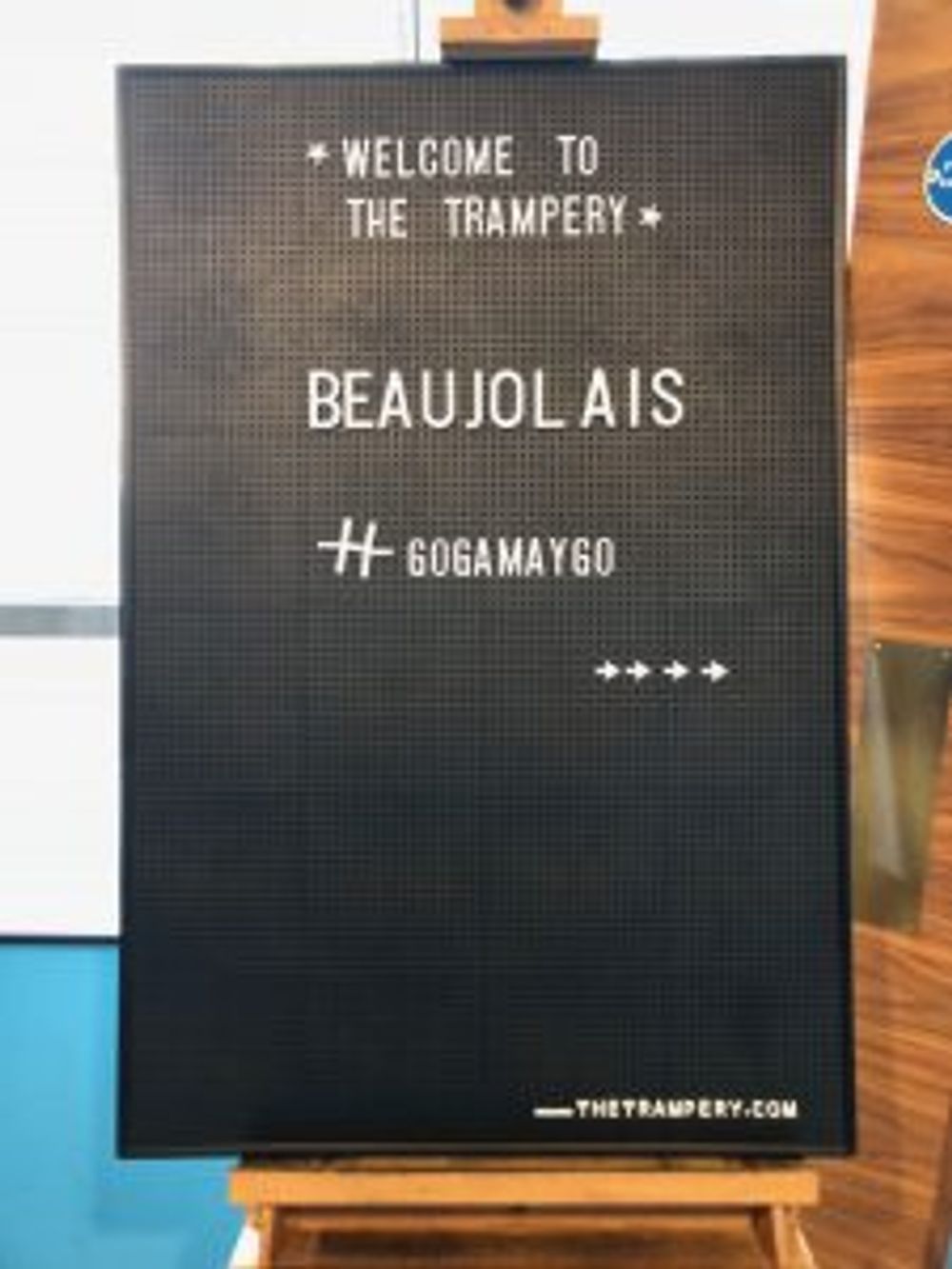
“2017 went very well,” enthused Bourjade. “We had the quality – we didn’t have the quantity – but in terms of quality we are very, very pleased. It was a hot summer so we have a little more ‘strength’ in the wines, so to speak, and there are customers who want wines with a bit more body so that’s good. We still have the fruit, obviously. All in all we are very pleased.”
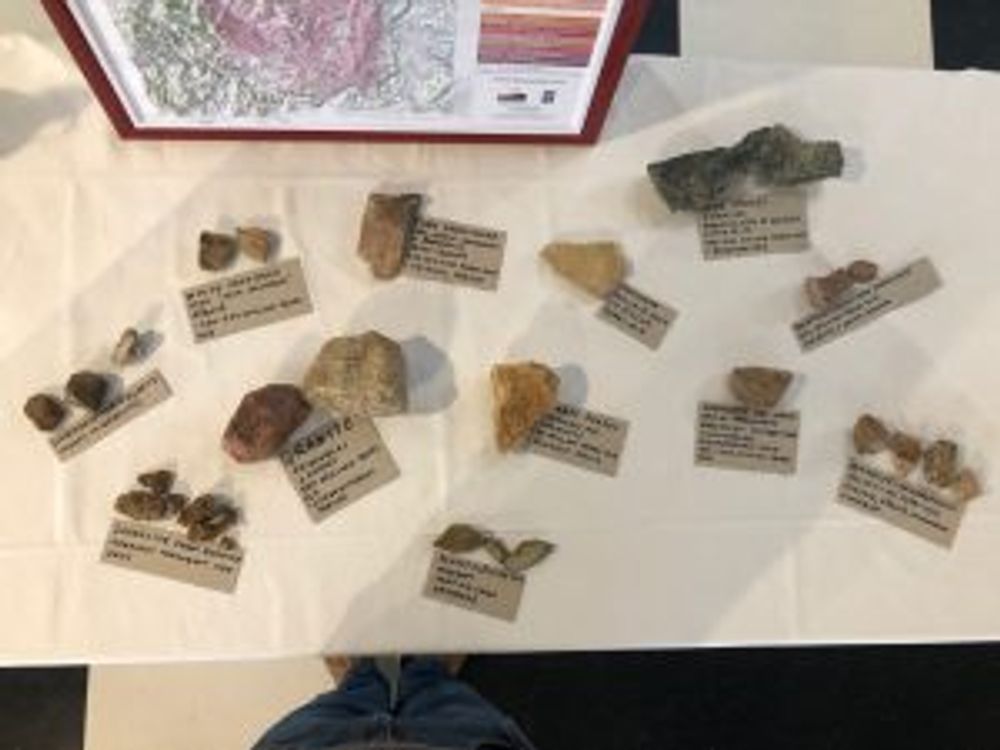
Getting to grips with the different soil types in Beaujolais
One of the talking points around Beaujolais in recent years has been the shift in style from some producers (mainly younger generations who have travelled a bit more than their parents’ generation and made wine elsewhere in the world too) from fruity, expressive easy-drinking reds made predominantly using the carbonic-maceration technique to more complex, textured wines where the fruit isn’t the whole story and oak, as well as the development of other tertiary characters, play a part.
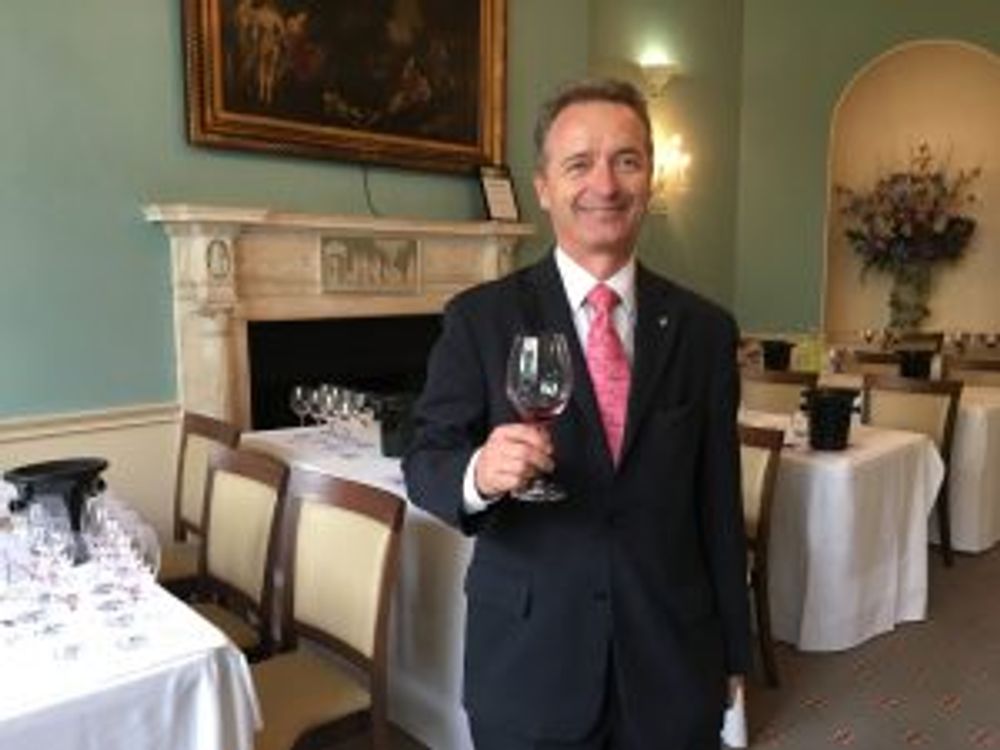
Jean Bourjade, Inter Beaujolais chief
“Before we would only seek to produce fruity, easy-to-drink wine,” said Bourjade. “This still represents a big part of our production, but probably in the past 10 years we have more winegrowers who are changing the way of elaborating the wines, such as destemming the grapes and making the wine in a ‘Burgundy-style’.
“People used to reproduce the same method, year in year out, now the younger winemakers have travelled to different winemaking regions and are keener to experiment with different techniques.”
This was evident is the wines on show; many were lush fruit-bombs with the trademark cherry and bubble-gum notes, but there were just as many that could be mistaken for wines made by Beaujolais’ northern neighbours and friends in Burgundy. “These are more beautiful than Burgundy,” half-joked Bourjade, and there was only one way to find out.
THE WINES
Beaujolais Blanc
Domaine André Colonge et Fils, Baltha z’Arts, 2017 (Thorman Hunt & Co.)
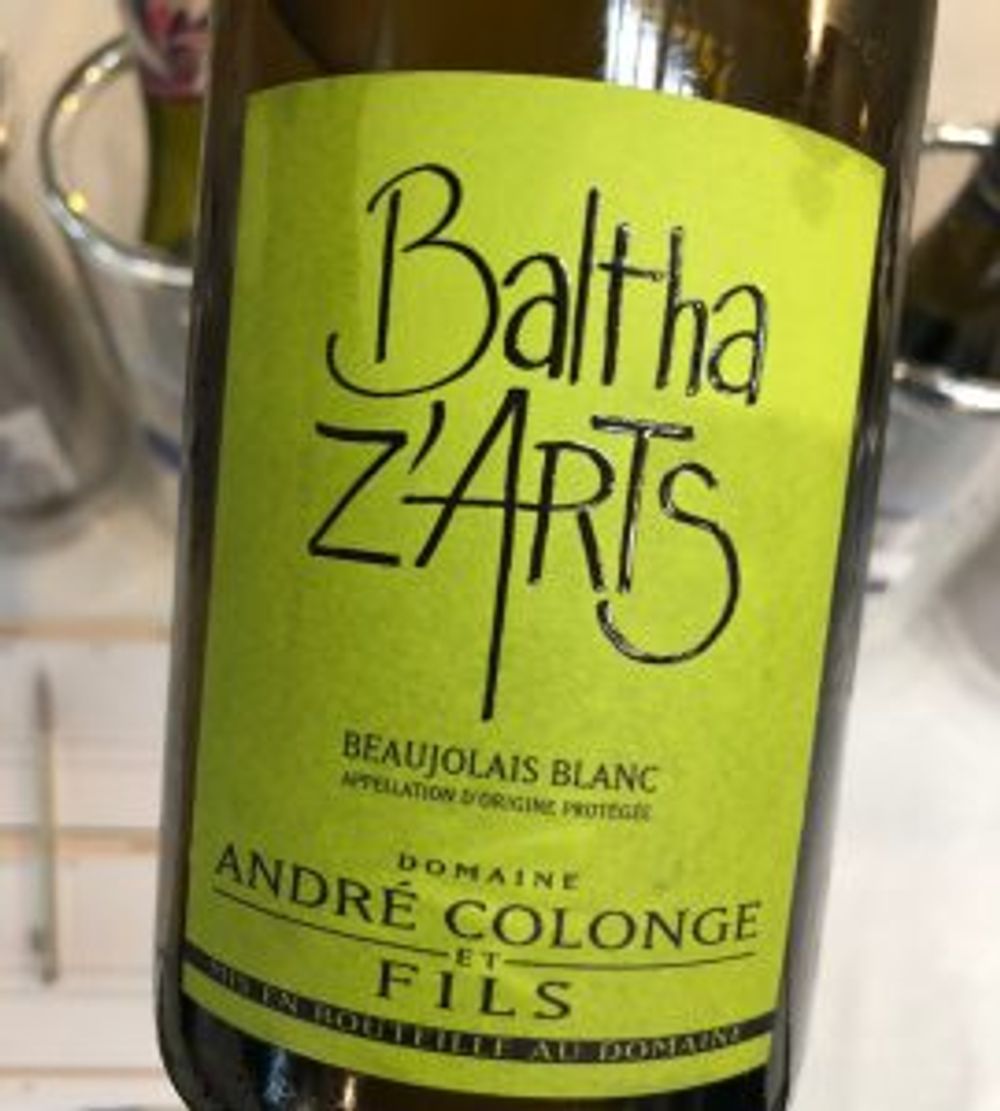
Waxy and chewy with pronounced pear and lime characters which morph into peach and guava. A rich, full and interesting wine, really delicious.
Beaujolais
Kevin Descombes, Cuvée Kéké 2017 (Red Squirrel)
Smoky and savoury with an upfront wood chip character that soon gives way to pomegranate and cranberry fruit and a lean, lemon-rind acidity.
Beaujolais Villages
Le Grappin Nature, 2017 (Le Grappin)
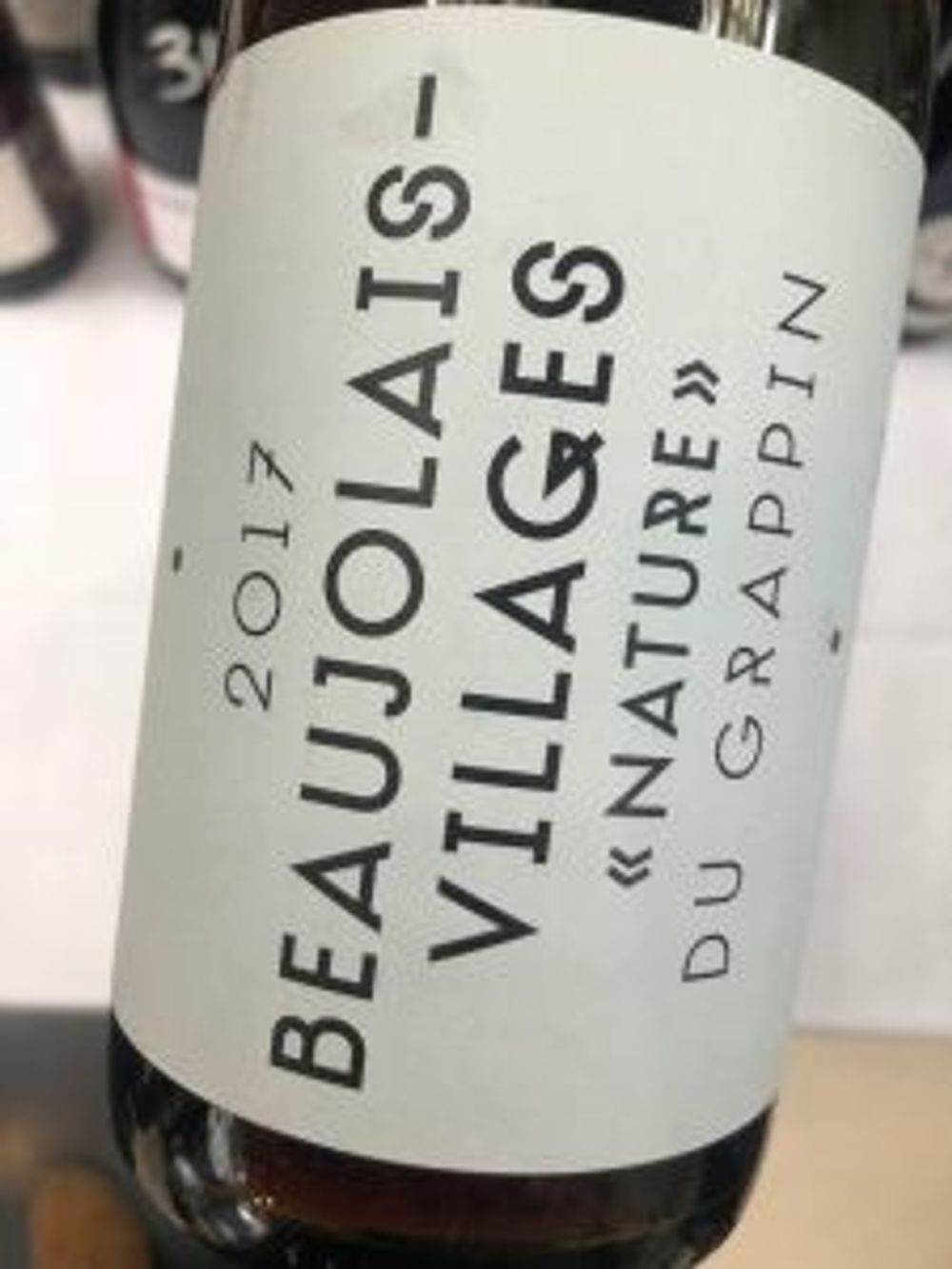
Bright and confident with confected red fruit and a refreshing fullness in the mouth. A herby, floral, lavender edge adds complexity and flair.
Guy Breton, Marilou, 2017 (Swig)
Tart and spiky with red berry pudding and a big hit of acid at the very front. It’s textured and complex with a granite/mineral thing going on too, and a crisp, precise finish.
Domaine Séléné, 2017 (Totem Wines)
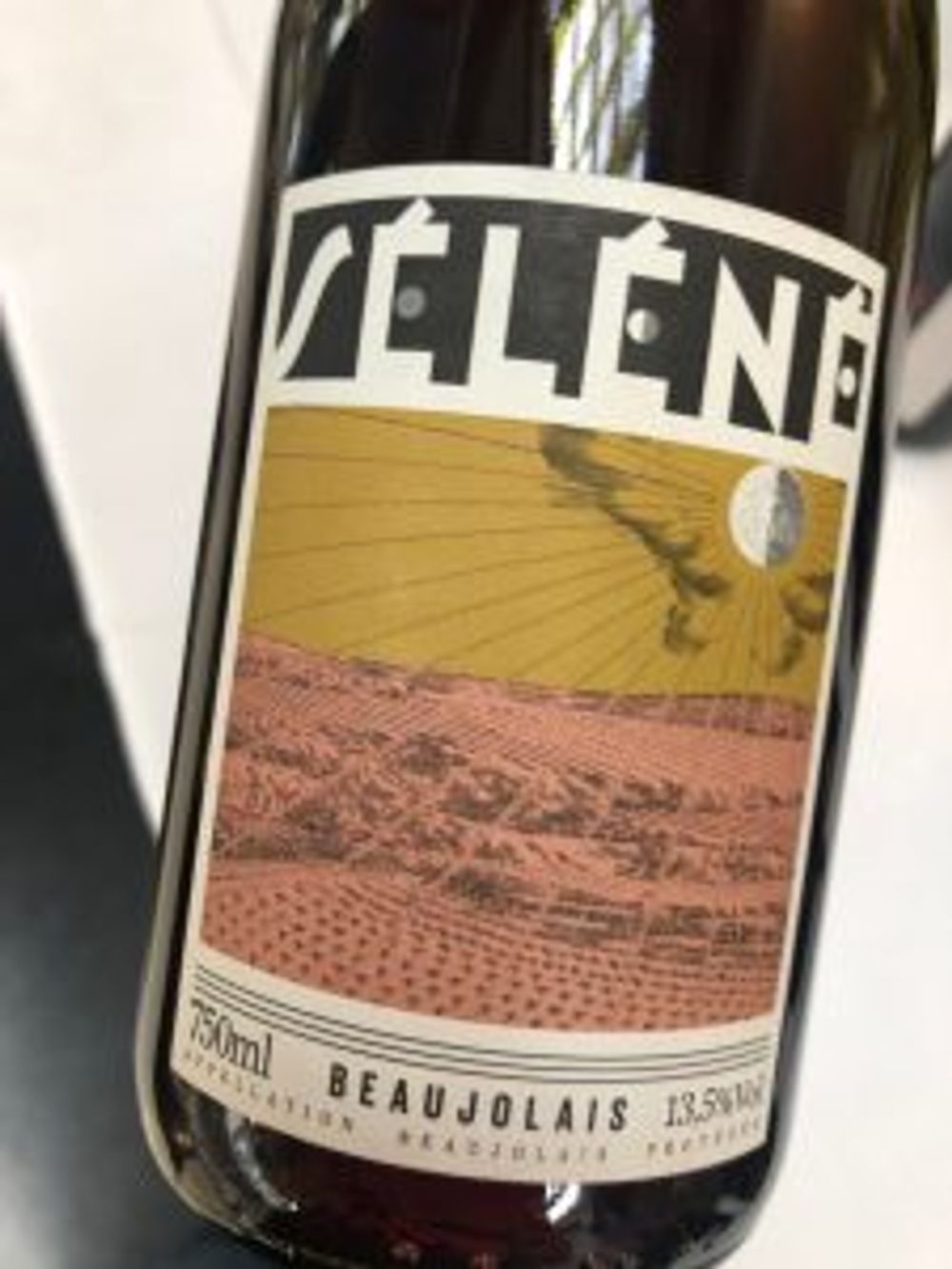
Stalky with developed apple characters giving off a distinctive tang and chewy, slightly oxidised impression. There’s red fruit too; raspberries and dried cherries. Really bold and interesting.
Regnie
Pierre Cotton, 2016 (Kiffe My Wines)
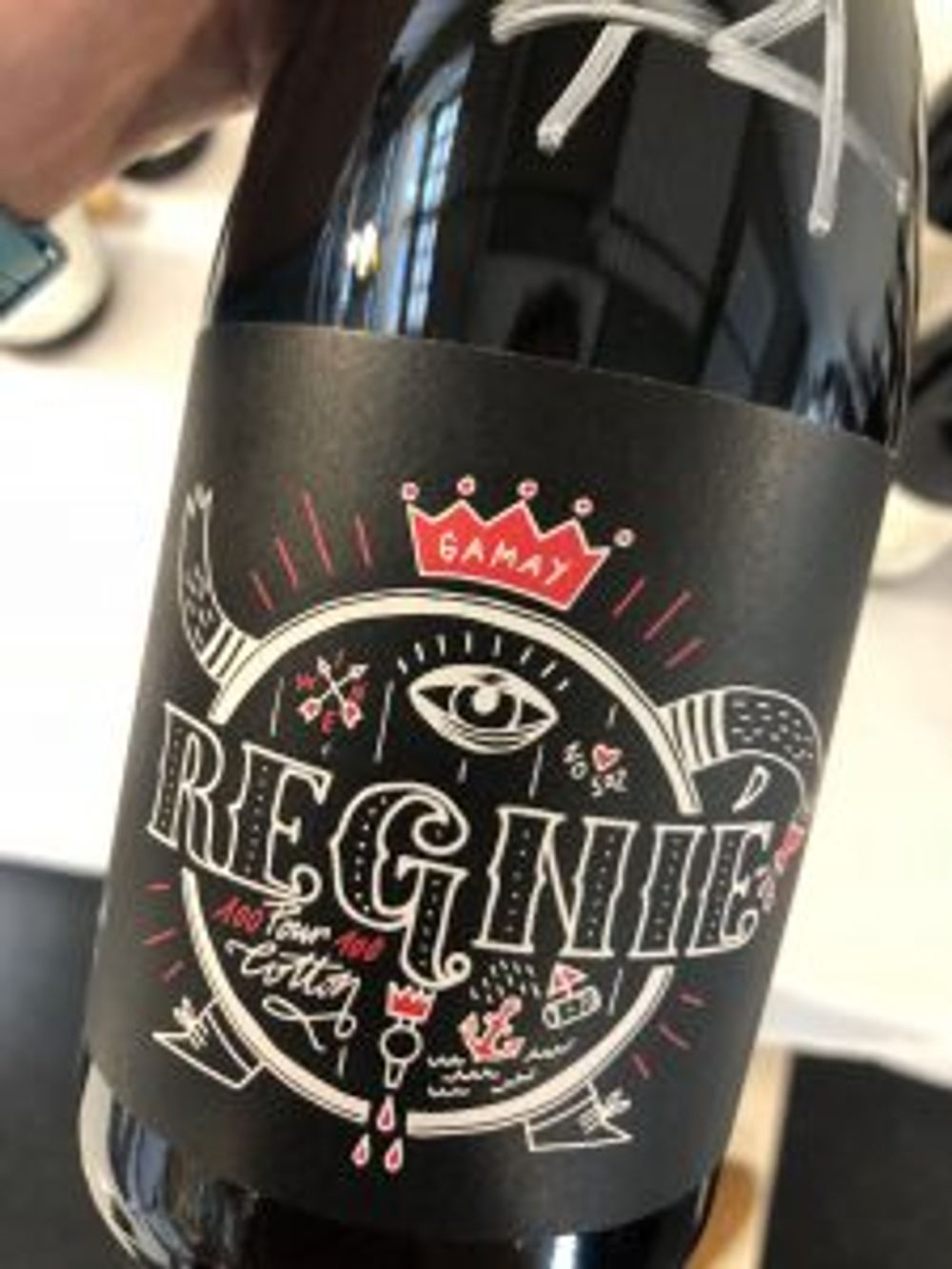
Aside from the unnecessary wax capsule (yeah it looks good, but I don’t know a restaurateur or consumer who enjoys hacking away at these things) this is a belter. It’s unnervingly pale but packs a bold punch; a lovely savoury pastry kick sits nicely alongside ripe red fruit and keen acidity. Very long.
Fleurie
Le Grappin Fleurie-Poncié, 2016 (Le Grappin)
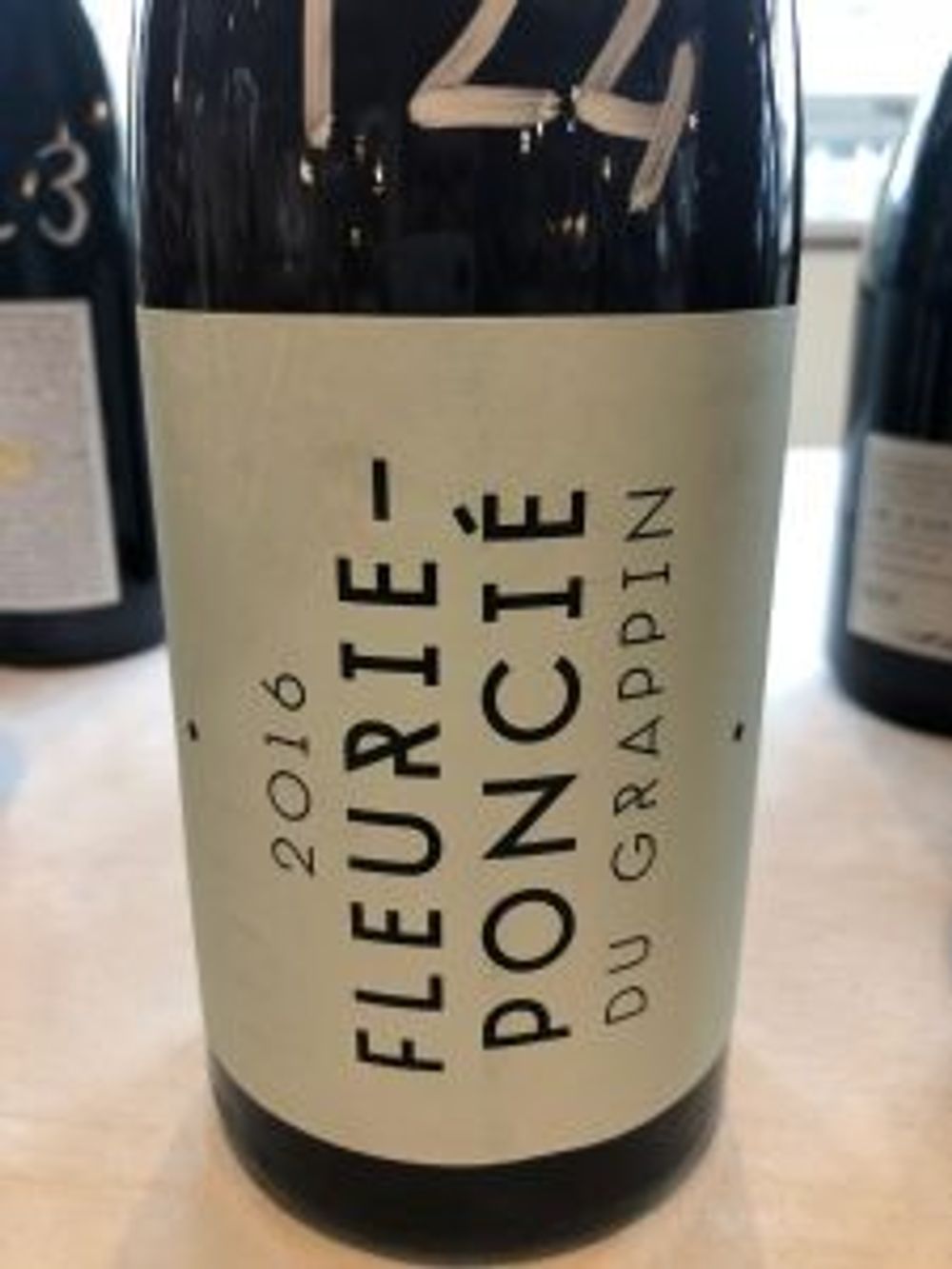
Have to chuckle at the name of this – Fleurie-Poncie… flowery ponce. Reminiscent of Withnail and I: “I called him a ponce, and now I’m calling you one, PONCE!” There’s no essence of petunia here, but plenty of raspberry and a hint of spice. This is waxy and textured too with a mineral, salty slant and a round finish.
Julien Sunier, 2016 (Roberson Wines)
Not entirely limpid but bright and very easy drinking with abundant red fruit. Lush sophistication and some lingering warm winter spice add to the appeal.
Domaine Marc Delienne, Abbaye Road 2015 (Raeburn Fine Wines)
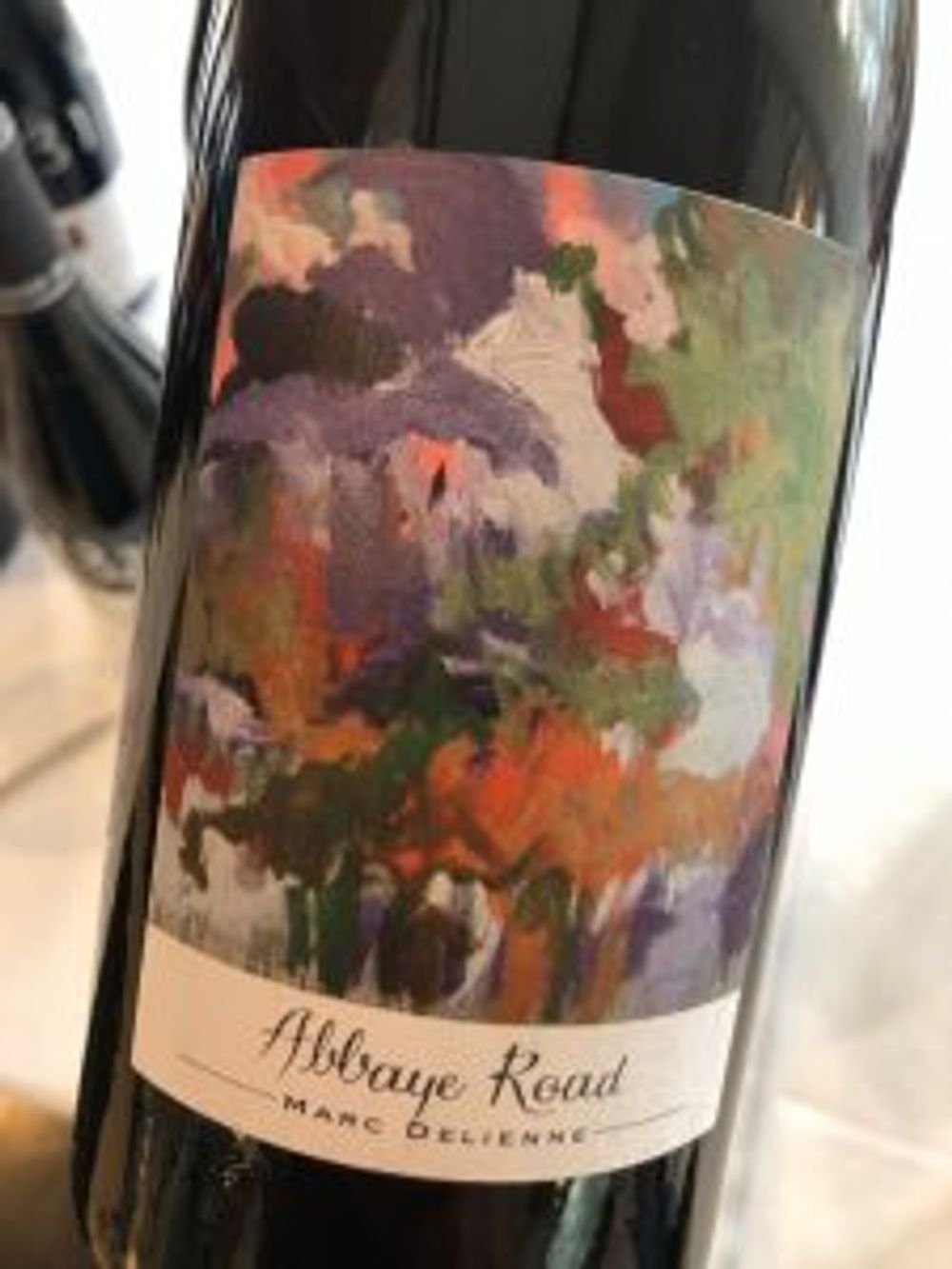
Another wax capsule! Has a distinctly farmyard-y nose, but don’t let that put you off, this is a serious and tangy wine that’s just on the edge of being volatile but falls on the right side in a very interesting and original way.
Côte de Brouilly
Château Thivin, Les sept vignes, 2016 (Domaine Direct)
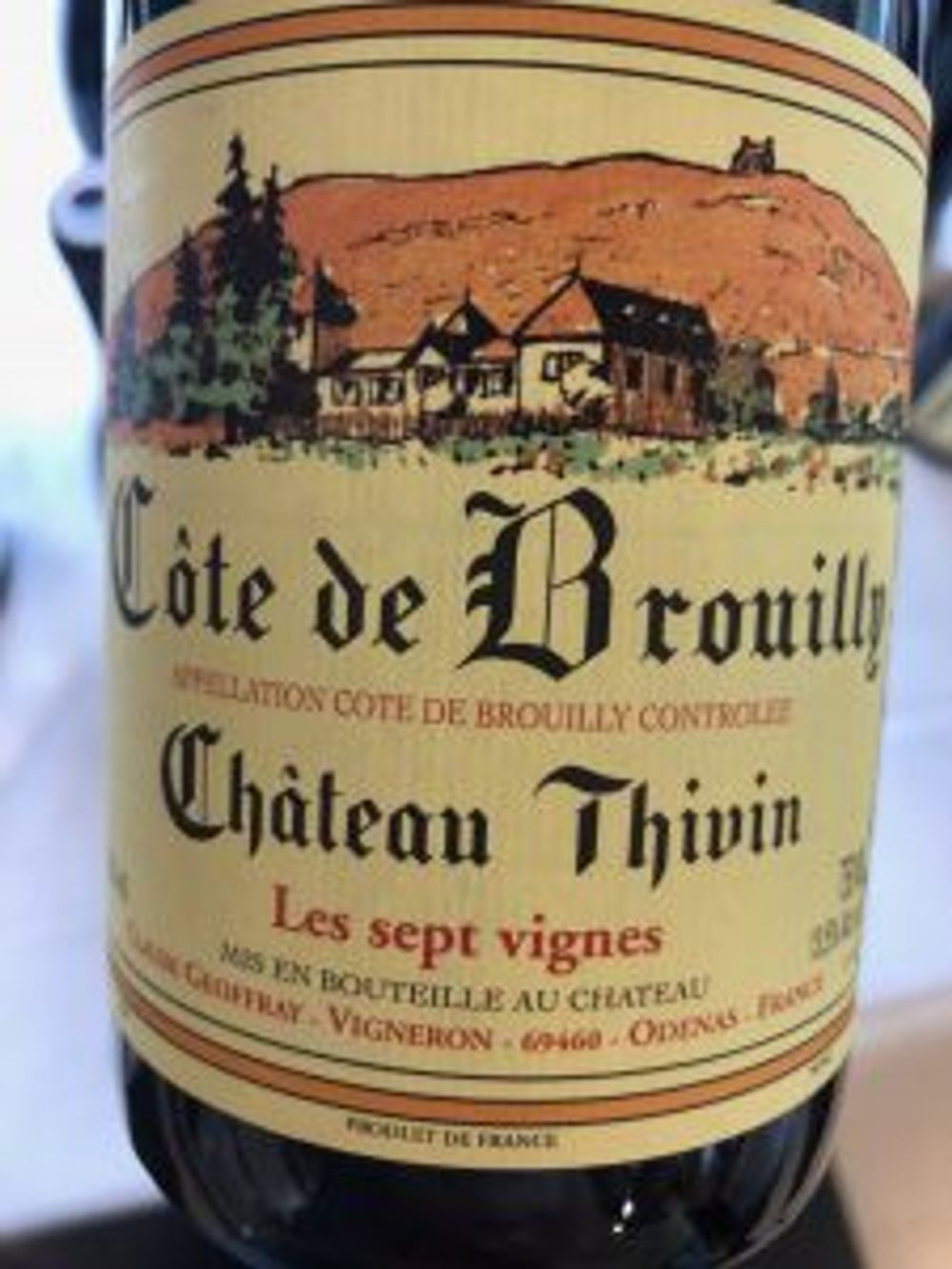
This is full and bold with savoury/meaty characters of air-dried sausage and fennel. There’s hefty tannin and a lingering black pepper spice on the finish. Incredibly fleet of foot.
Chenas
Pascal Aufranc, Vignes de 1939, 2016 (Ellis Wines)
There’s a confected sweetness on the nose and palate, but this is super dry with black cherry and tannins galore – very much like a quality Nebbiolo.
Moulin-Â-Vent
Christophe Paraclet, Cuvée Spéciale, 2015 (Raeburn Fine Wines)
Delicious and juicy with red fruit, a hint of developed woody/playground bark and supple tannins. Superbly balanced and so easy-drinking.
































